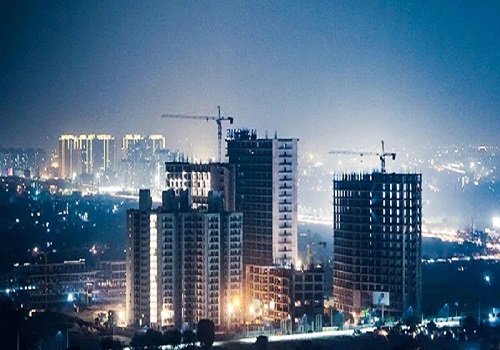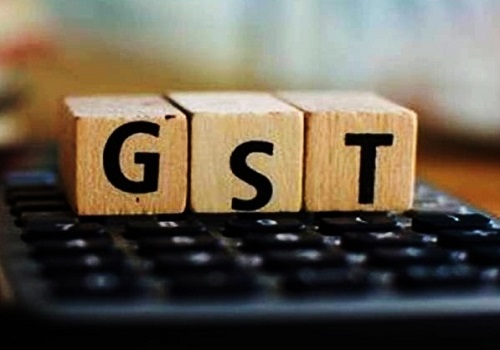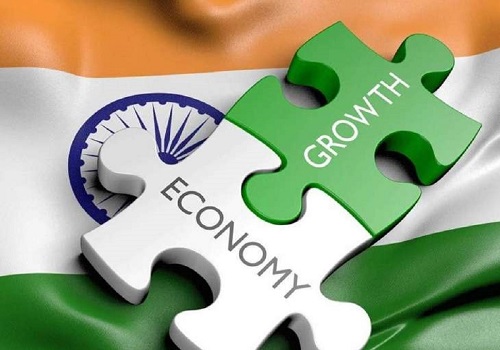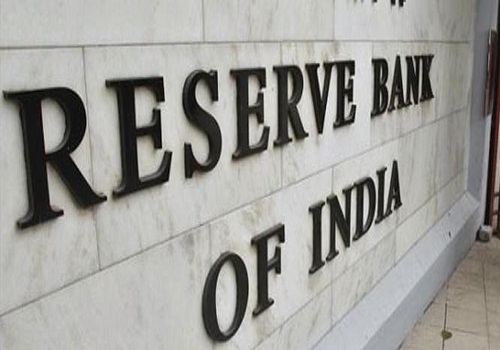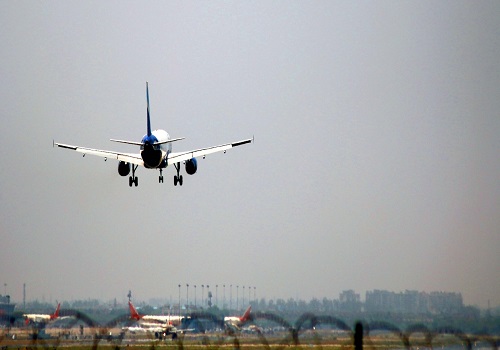BOT Operators at VPT demand policy reforms from Ministry of Shipping for effective utilization of port infrastructure
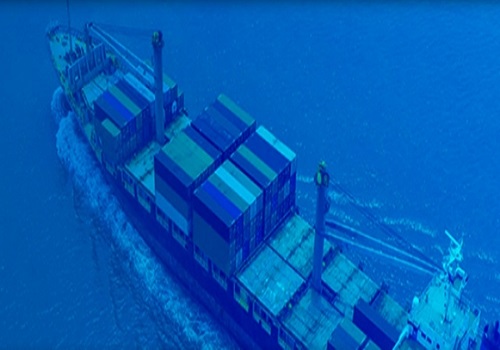
Follow us Now on Telegram ! Get daily 10 - 12 important updates on Business, Finance and Investment. Join our Telegram Channel
BOT Operators at Visakhapatnam Port Trust (VPT) have demanded immediate reforms in the port sector, from Shipping Minister Shri Sarbananda Sonowal for effective utilization of the port infrastructure. Without suitable policy reforms, these BOT operators will not be a part of the growth path of VPT by effectively utilizing the port infrastructure and are on the verge of turning out to be non-performing assets.
Visakhapatnam Port Trust's (VPT's), three concession agreements namely Adani's Steam coal handling terminal of 6.5 MTPA capacity, SEW's Steam coal handling facility of 7.5 MTPA capacity and Alba's Cargo handling facility of Alba 6 MTPA capacity with total investment of approx. Rs 2,500 crore have been stalled due to lack of supporting policies from VPT & Shipping Ministry. Further, six concessionaires are also struggling due to various constraints in concession agreement which is forcing to fight with VPT through disputes/arbitration on various matters.
VPT is presently performing weak with a Compounded Annual Growth Rate (CAGR) of 0.7 per cent whereas Gangavaram Port Limited (GPL) in Visakhapatnam is growing with CAGR of 10.5per cent. This is primarily because GPL is not governed by Tariff Authority for Major Ports (TAMP) regulations and is adopting aggressive marketing strategies, faster turnaround time, competitive pricing, offering attractive discounts to end users and had put restriction on handling trader's vessel to become monopolistic.
In VPT, PPP projects like Essar Vizag Terminal Limited, Vizag Seaport Private Limited and Vizag General Cargo Berth Private Limited, etc. have been hit by the aggressive pricing by GPL. Viskha Container Terminal Private Limited has started fear of diversion of some of its volume to GPL's container terminal which is under construction and planning to commence operations in first quarter of next financial year. GPL being private port and not regulated under Shipping ministry is taking strategic decisions and ensuring immediate implementation for business growth, whereas VPT is reading "rule book" as mentioned in the Concession agreement and not finding immediate solution for the problem, which has evidenced cargo migration to GPL and steep increase in volumes of GPL for last 10 years.
In the past decade, Government of India has invited private investment into Major Port Sector and several projects were awarded under Design, Built, Finance, Operate & Transfer (DBFOT) basis across the Major Ports in the country. India currently has 36 no. of Public Private Partnership (PPP) projects with 358 MTPA capacity that are operational in major ports of India. The country also has 16 no. of PPP projects with 131 MTPA capacity under various stages of implementation.
Recognizing the importance of the shipping industry in sustaining the growth of country's trade and commerce, Ministry of Ports, Shipping and Waterways (MoPSW) has formulated The Maritime India Vision 2030 to overhaul the Indian maritime sector. It envisages 40 no. of greenfield / brownfield Public Private Partnership (PPP) projects for investor offering.
However, there is a need that on-going disputes between concessionaire and concession-granting authority, which are close to 55 in number, must be immediately resolved immediately through amendments in port policies.
The structure of PPP at major ports is such that the traffic risk for the project is borne by the concessionaire, whereas the concession-granting authority secures its revenue through minimum guaranteed cargo mechanism. This makes it exceedingly difficult for concessionaire to manage risks. Despite due diligence and caution at the time of conceptualizing these projects from various perspectives, the survival of some of the projects is at risk due to various reasons that are either not foreseen or those are beyond the control of the collaborating partners, i.e., the Concessionaire and the Concessioning Authority. Some of the main reasons for this situation may be the aggressive bidding and the optimistic projections with regard to volumes and charges, unforeseen dynamic changes in the business and absence of flexibility to overcome such dynamic changes in the Concession Agreements.
The situation further deteriorated due to various policy reforms, which had severely impacted the business and uncertainty with regards to future handling volumes. It may jeopardize the viability of the project, which did not consider the possibility of fundamental government policy changes at the planning and bidding stage, rendering the terminals completely un-utilized and severely impacting granting authority's revenue share from concessionaire.


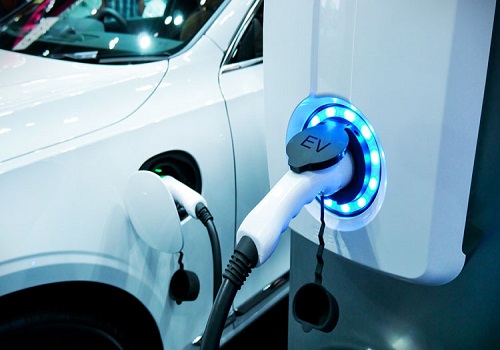





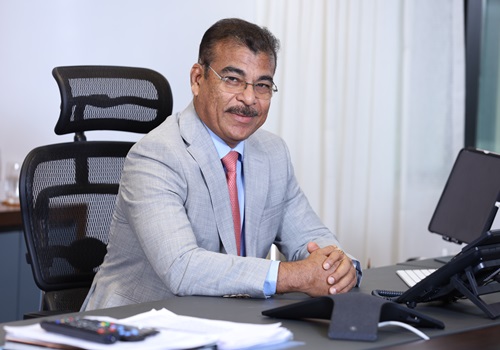

Tag News

Monthly Debt Market Update, September 2023: CareEdge Ratings





 320-x-100_uti_gold.jpg" alt="Advertisement">
320-x-100_uti_gold.jpg" alt="Advertisement">

